Content Marketing for Startups: A Beginner’s Guide
More and more companies, e.g., Shopify, Beardbrand, and us too, have succeeded using this type of marketing. If you’re a startup, you’re probably wondering, “Should I use content marketing? And if I decide to, how do I go...

Content marketing has been gaining popularity steadily. More and more companies, e.g., Shopify, Beardbrand, and us too, have succeeded using this type of marketing. If you’re a startup, you’re probably wondering, “Should I use content marketing? And if I decide to, how do I go about it?” That’s what we’re answering in this guide. Content marketing is important for startups because it helps them get more customers. It does this by creating brand awareness and teaching potential customers how a business can help solve their problems. For example, we have a blog post about finding out who links to your website. It currently holds the featured snippet for the query: Within the article, we show readers how to find out who links to their websites using a couple of tools, one of which is our own Site Explorer: So anyone who’s searching for this query will discover our brand and product. They may eventually become customers. And that’s only one blog post. Compound the effect by the hundreds of pieces of content we’ve produced—articles, videos, social posts, etc.—and you can see how powerful content marketing can be. Just see how much organic traffic our blog gets from Google alone: Content marketing takes time. It takes time in terms of resources (research, creation, promotion), and it takes time in terms of results. Because it requires patience, content marketing works well only if the management team believes in it. That has been my experience so far, and it has been the experience for others too: I’m starting to think the secret to finding success for organic marketing is having a boss who is willing to wait for the results and who protects the team from “business metrics” people so that the team can experiment and fail. Or if you can, be that boss for others. 🙂 Unfortunately, not every management team is on board with content marketing right away. For example, some startups have limited resources or C-level executives may be biased toward marketing channels, e.g., paid advertising, that produce “faster” results. So if your boss or manager doesn’t give you sufficient time or resources to invest in content marketing, then it cannot work. If you’re in that situation, you’ll need to first spend some time getting buy-in from your managers. Your game plan should involve: You’ll also want to show them your content marketing plan, so they know how you’ll be executing the strategy and tactics. You can also use the resources below to learn how to build up your case. While they’re about SEO, the principles can still apply to your situation. (After all, SEO and content marketing suffer from similar management team setbacks.) Before you create any content, make sure you have two things down pat. The goal of content marketing is to attract more customers to your business. So if you don’t know exactly who you’re targeting, you can’t create the right content to get more of them. The first step before you do anything is to be clear on who your target audience is. We recommend that you create a buyer persona. Read the guide below to learn how to create one for your business. Recommended reading: How to Create a Buyer Persona for Your Business A big part of your content marketing strategy will be to rank your content high on Google. But if Google cannot access, crawl, or index your content, then you simply cannot rank. So it’s important to get the technical aspects of your website right. The easiest way to do this is to sign up for our free Ahrefs Webmaster Tools (AWT) and run an audit of your website. If there are any technical SEO issues with your website, the tool will flag them out for you. It’ll also explain why something is an issue and how you can fix it: Recommended reading: The Beginner’s Guide to Technical SEO Your approach to content creation will be two-pronged. Both types of content should be created simultaneously. The first part of your content strategy will be to create content that has the potential to attract a lot of attention. You know this as “going viral.” Why do we want to do this? There are a few reasons: Now, take note that we don’t have to reach the level of the most viral meme. We just need people in our niche to know and share about us. Here’s how to do it: I want to be clear: There are no surefire ways of knowing which content will go viral. If it was so easy, every startup would have a piece of viral content. What we can do is improve our chances of success. We can do this by looking at what has been popular and seeing if we can replicate the ideas. Here’s how: Many “viral” pieces of content get their start in niche communities: So if you can find these pieces of content, you can consider replicating them. To find them, go to a forum or community page and find the most popular posts. For example, you can see this easily in any subreddit by setting it to Top and All Time. For other forums, you can typically find a Sort by feature where you can see the most viewed posts: For Hacker News, you can use this “search engine” to look through the archives. “Viral” content doesn’t always get its start on a community forum. Sometimes, it generates its initial spread through a social network itself. Here’s how to find content that’s widely shared: You can also set the Publication date filter to a relatively recent period (e.g., one to two years) to see only content that has been highly shared recently. While Content Explorer is great for Twitter and Pinterest, it’s still missing a couple of important social networks. If you want to see what’s popular on Facebook and Instagram, you can use the CrowdTangle Chrome extension to see how often a link gets shared, who shared it, and what they said. Linking is a form of sharing too. So if a piece of content has acquired a lot of links, it means it has generated a lot of attention. Here’s how to find this content: Hot takes and controversial opinions tend to get a lot of traction on social media. If you have one, you can create a piece of content around it. For example, since the pandemic began, remote work became championed as the “future norm.” Plenty of people seemed happy about it; no one seemed to question it. Well, Sean Blanda did. He wrote a piece titled, “Our remote work future is going to suck.” It must have resonated with many people because it has picked up hundreds of shares and links: There should be plenty of widely accepted ideas, concepts, best practices, and advice in your niche. Share a contrarian opinion that refutes one of them. Even better: make sure you can back it up with actual data or personal experience. Once you’ve selected a potential list of topics, it’s time to create the content. Follow the handbook below to learn how to create a great piece of content. Recommended reading: Writing Handbook by Julian Shapiro Content doesn’t go viral on its own. You’ll need a way to “kickstart” it. You’ll have to promote your content. Here are some tactics to help promote your content: If you have an existing audience on email and/or social media, make sure you share your newly published content with them. If you don’t have an existing audience, it’s a reminder to start building them. You’ve got your ideas from these communities, so it’s a no-brainer to share them there. For example, when I was working at a startup a few years ago, I made sure to share my content on relevant subreddits. Many of the posts got hundreds and thousands of upvotes and sent a ton of traffic to the website: Always make sure to study the communities you want to share your content in. Abide by the community rules, learn their culture and lingo, and participate actively. Don’t spam and don’t be there merely to promote—most communities hate that and will ban you in a jiffy. Only when you’re a trusted member of the community can you start to share some of your content. Recommended reading: Reddit Marketing: How to Self Promote on Reddit and Get More Traffic There are multiple outreach opportunities in every post you publish. First, if you’ve mentioned anyone or any resources in your content, you should reach out and let them know. Nothing too complicated; just send a simple email like: Hey [First Name], I recently published an article on [topic] and linked to [your resource]. Here it is: [Link] Thought you might enjoy the mention. 🙂 Cheers, Second, if you’ve based your content on highly shared or highly linked-to content, you can see who has shared or linked to the content and reach out. After all, if they’ve shared or linked to a similar piece of content in the past, chances are they’re interested in the topic and will love to see new stuff. To find these people, click on the Referring domains column in Content Explorer: If you’re looking for social shares, click on the Who tweeted tab: Once you have a list of people, find their emails and reach out to them. Recommended reading: Blogger Outreach: How to Do It at Scale (Without Feeling Like a Jerk) Extend the shelf life of each piece of content you create by turning it into different formats. For example, we turned our video on affiliate marketing into a blog post. We also regularly turn our content into Twitter threads: SEO ROI Common, yet very complex topic many SEO consultants and managers have to address. Here are 6 challenges of measuring SEO ROI (+what you can measure instead as an alternative): Recommended reading: The Complete Guide to Content Repurposing If you have the budget, you can always run ads to your content to give it a boost. Recommended reading: PPC Marketing: Beginner’s Guide to Pay-Per-Click Ads The second part of your content strategy will be to focus on evergreen content that will rank high on Google and generate search traffic. Here’s how to do it: If you want to get search traffic, you have to target topics that people are searching for on Google. Finding these topics is a process known as keyword research, and the easiest way to begin is to use a keyword research tool like Ahrefs’ Keywords Explorer. Here’s how: Since startups generally have lesser “website authority,” we recommend targeting low-competition keywords in the beginning. For example, if you’re a social media marketing tool, it will be almost impossible to rank high for “social media marketing.” Not only does it have a Keyword Difficulty (KD) score of 91, but most of the top-ranking pages are also well-established sites with thousands of backlinks: To narrow down the list to only low-competition keywords, you can set the KD filter to a max of something like 20. From here, you can look through the list and pick out the keywords that are relevant and can promote your business. You can do this by looking at each topic’s business potential: Ideally, you should focus on creating content for topics that score at least a “2” and above. That way, you can educate searchers who discover your content via search engines about how your product works and why it helps to solve their problems. This is known as product-led content, and it’s the basis of our entire content strategy. Recommended reading: Product-Led Content: What It Is, Why Use It, and How to Get Started When you have a list of topics you want to target, it’s time to create content to rank for them. To rank high on Google, you’ll need to show that your page deserves to be there. One of the most fundamental aspects of this is relevance. In SEO, relevance means aligning your content with search intent—the why behind a search query. We can understand this by looking at what’s ranking on the first page of Google. But more specifically, what we want is to analyze the three Cs of search intent. For example, let’s analyze the three Cs for the keyword, “best vpn”: When you’ve analyzed the search intent for all your target topics, it’s time to create them. I recommend following the process in this video to learn how to create content that’ll rank on Google: Links are an important Google ranking factor. It’s been confirmed by Google reps, and studies like our own have found a strong, positive correlation between the number of websites linking to a page and how much search traffic it gets from Google: Put simply: If you want to rank high on Google, you need links. The issue, though, is that as a startup, you probably don’t have many links now. But don’t worry, all’s not lost. There are always “easy” links you can quickly acquire: And more. Follow this video to acquire your first 100 backlinks: If you’re doing them right, your “viral” content pieces should have earned you a number of links too (hopefully). Make sure that, where relevant, you add internal links from these attention-grabbing pages to your other important pages. Beyond that, you should be building links to your important pages consistently. Watch this video to learn how link building works: Here’s what our content creation process looks like: Does it look scary and complicated? Maybe. But we didn’t arrive at this spot right from the get-go. Like you, we were once a small startup. We started with one person creating content, then two, then three, then more. Even when we were a one-person team, our content was already making an impact on the industry. So don’t be disheartened by the competition you see ahead of you—great content stands out anywhere. Content marketing is a marathon, not a sprint. Don’t expect to create hundreds of content in the first month. You’ll need time to execute your strategy, hire people, and get your process right. Commit to it, follow the strategy I’ve laid out, and refine your process. You can do it! Any questions or comments about this post? Let me know on Twitter. 

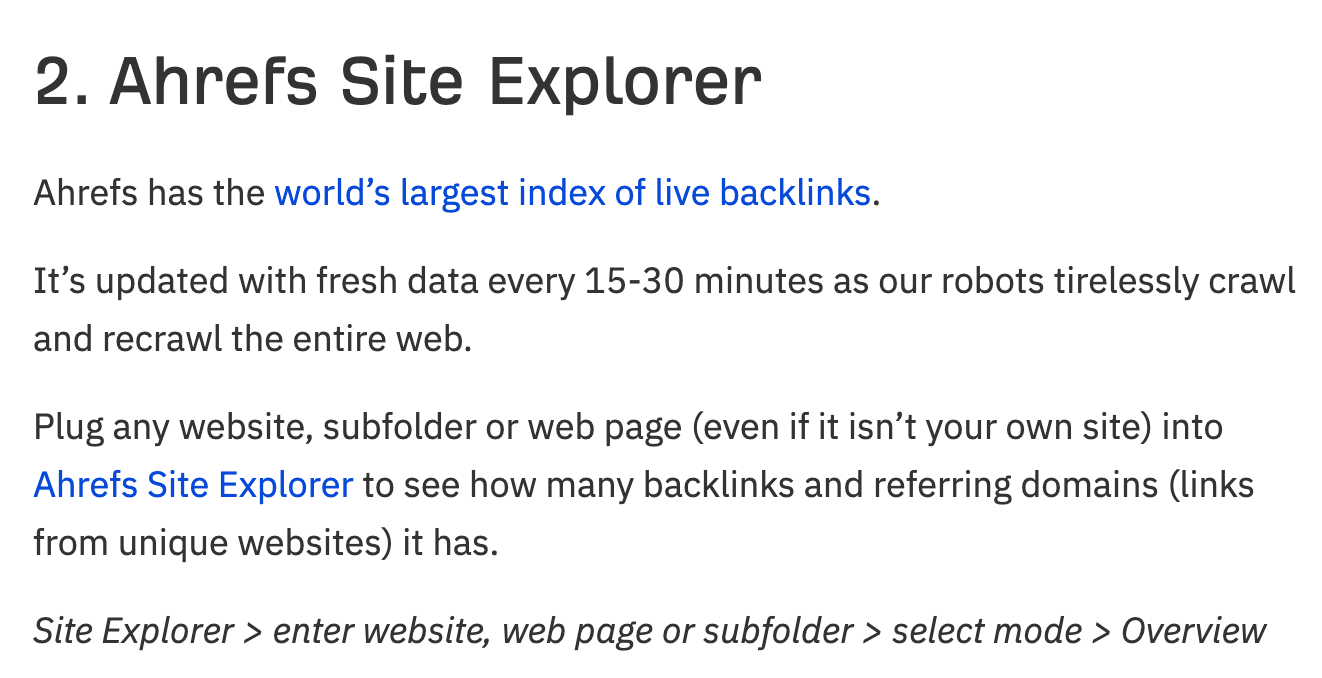

1. Your target audience
2. Get your technical SEO in order

Prong 1. “Viral” content
1. Find content ideas
1. Look at what has resonated in communities


2. Look at what has been highly shared
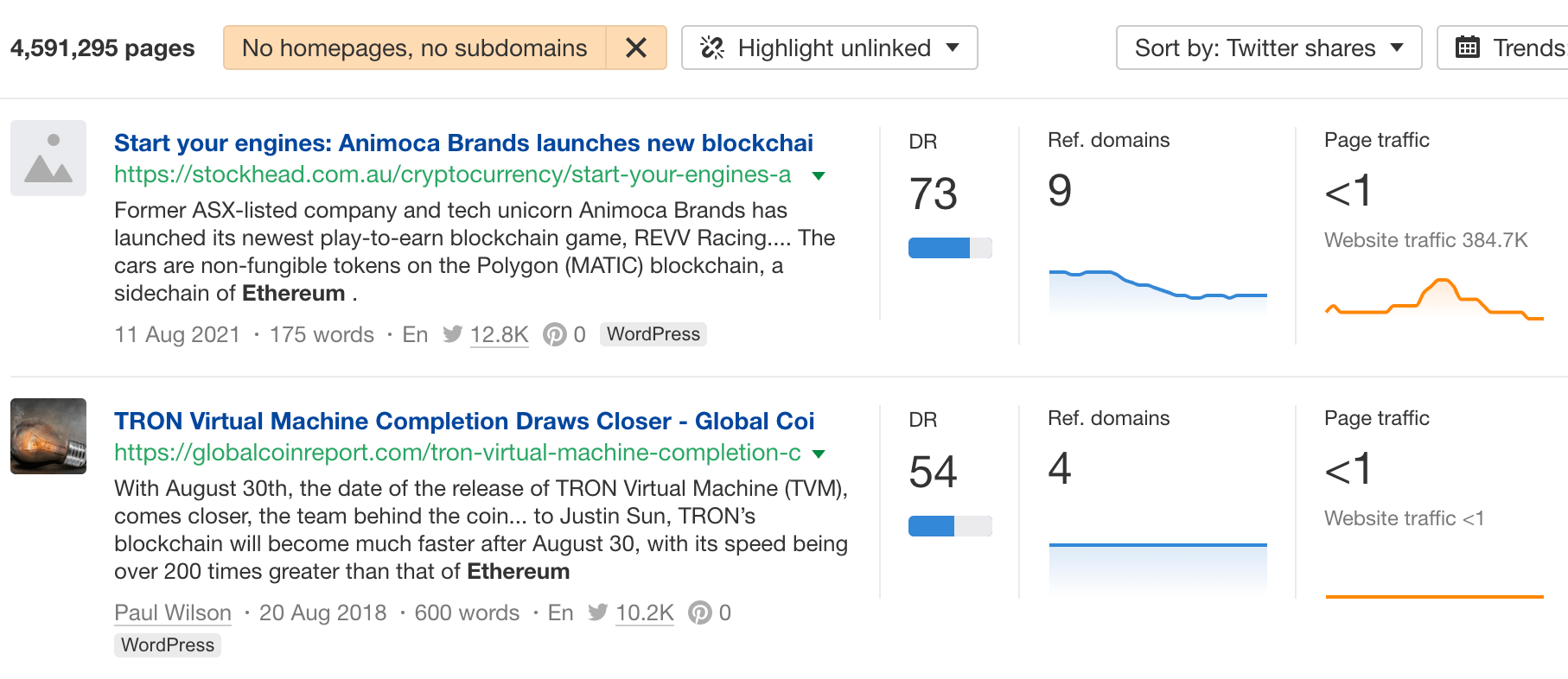
3. Look at what people are linking to

4. Share a contrarian opinion

2. Create the content
3. Promote the content
A. Share your content with your existing audience
B. Share content in relevant communities

C. Outreach
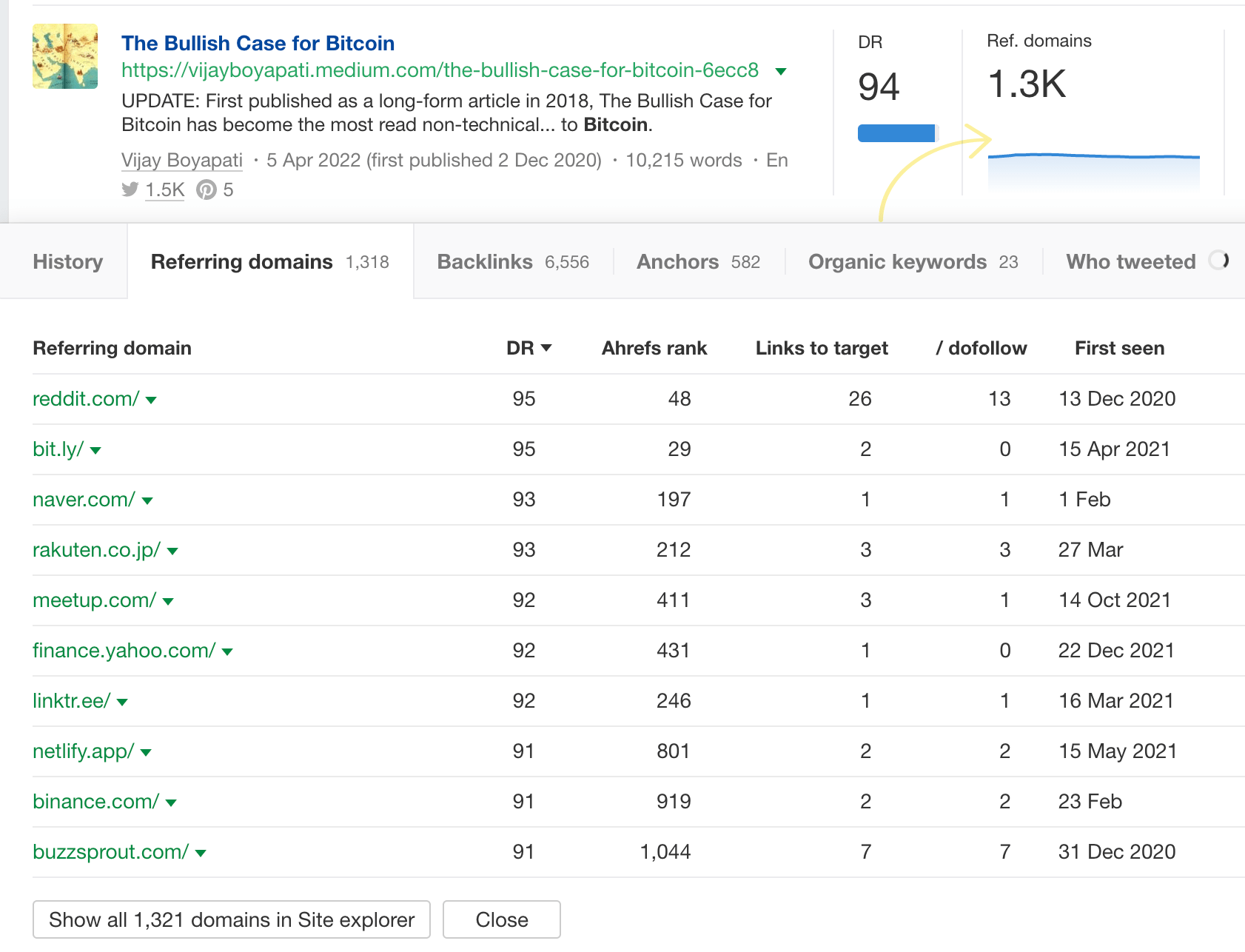

D. Repurpose your content
E. Run ads
Prong 2. SEO content
1. Find topics with search traffic potential

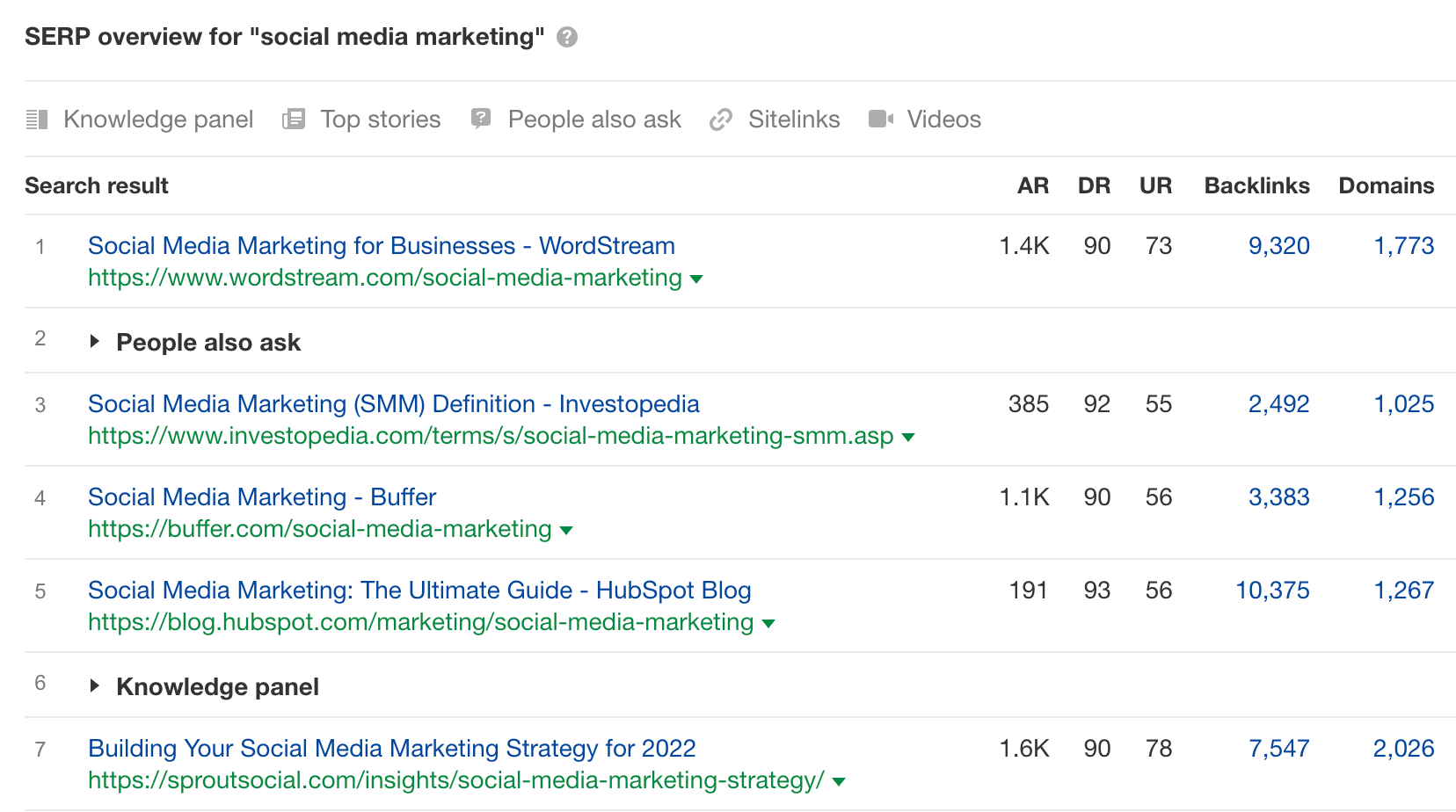
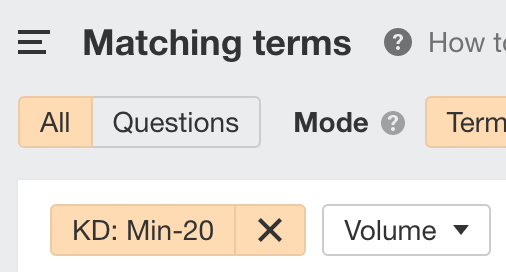

2. Create content
 Content type – The results are mostly blog posts.Content format – The results are mostly listicles.Content angle – The results are mostly fresh, i.e., updated to the current year.
Content type – The results are mostly blog posts.Content format – The results are mostly listicles.Content angle – The results are mostly fresh, i.e., updated to the current year.3. Build links
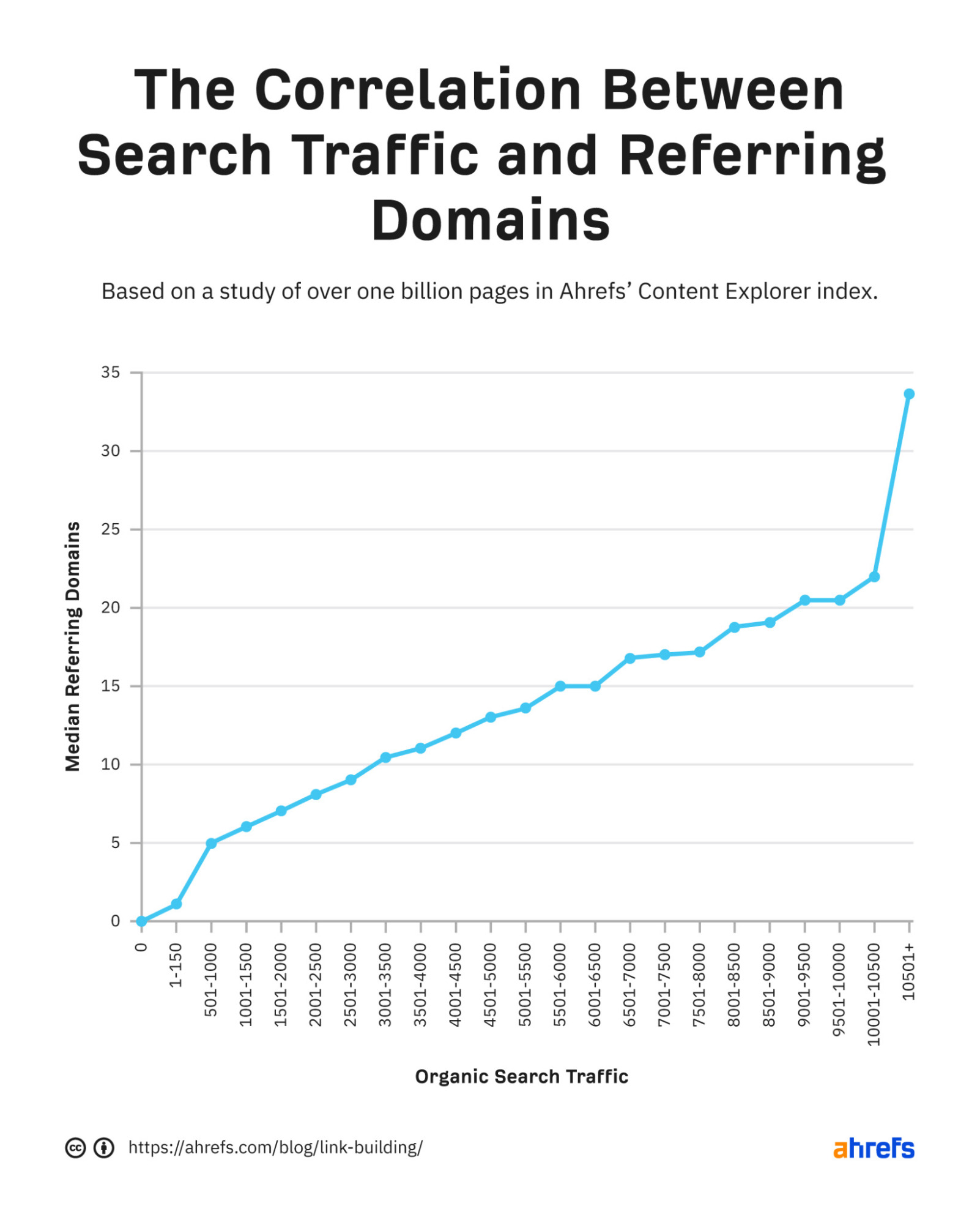

Final thoughts
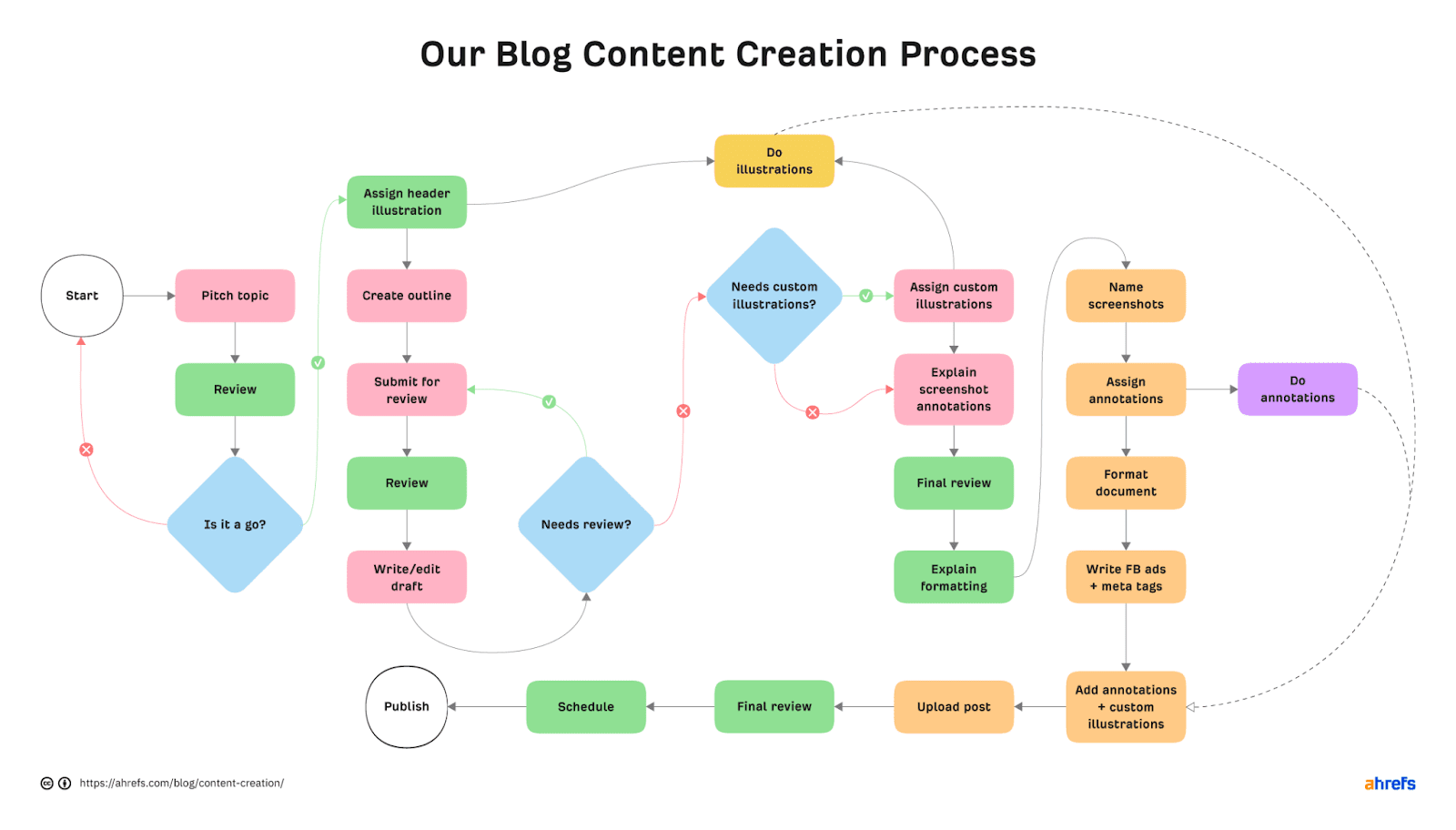

 Tekef
Tekef 









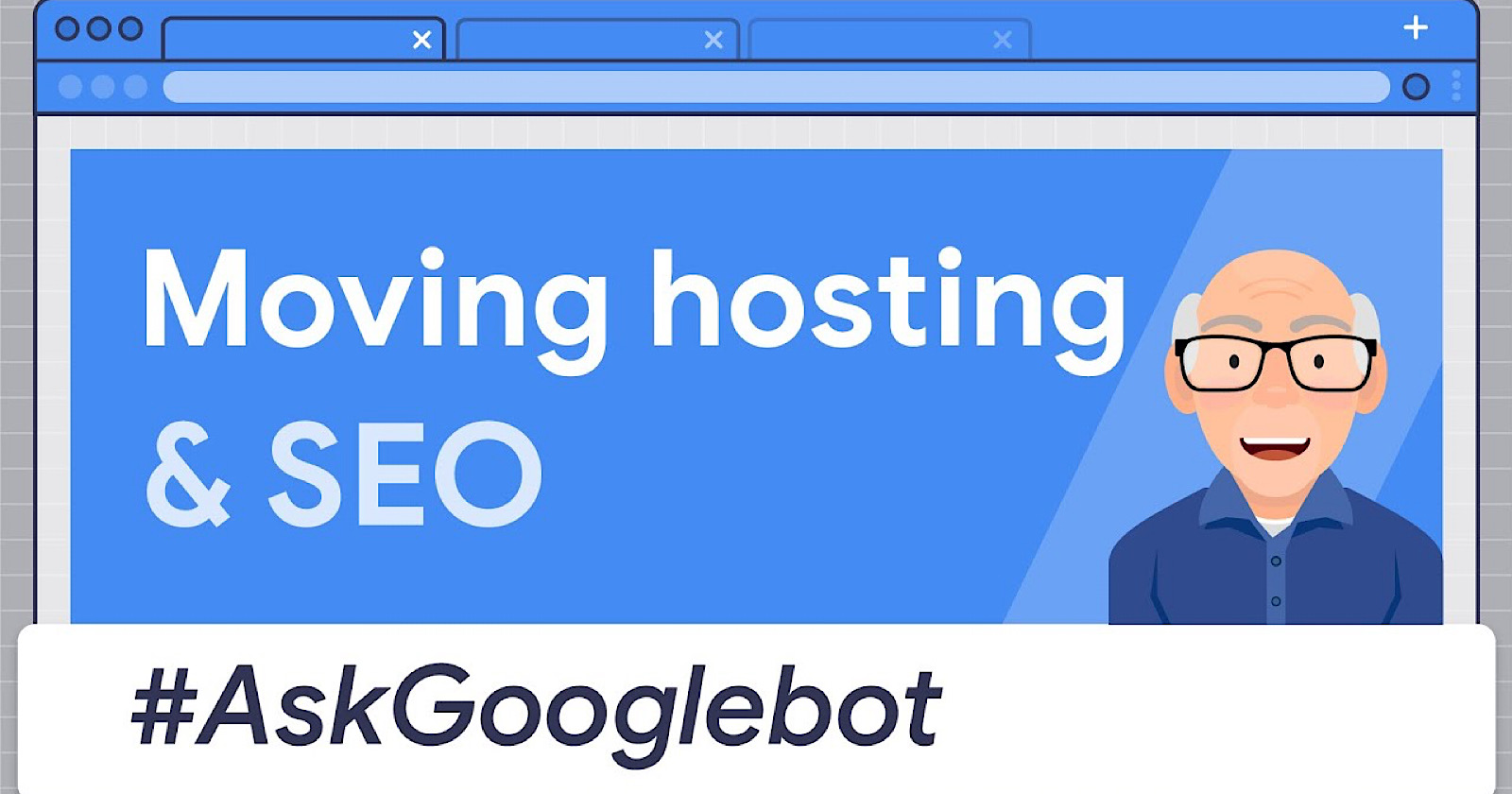




















.jpg&h=630&w=1200&q=100&v=f776164e2b&c=1)

